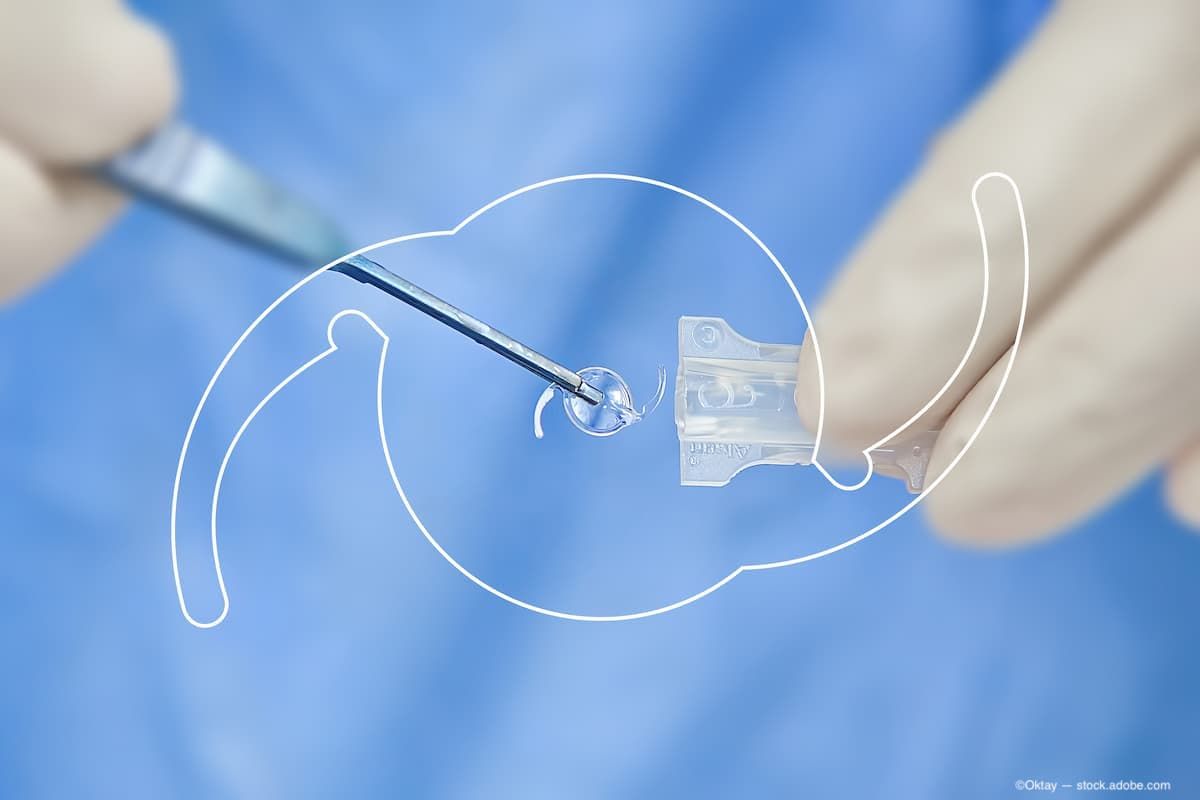Opinion
Video
Preoperative Assessment and Imaging
Author(s):
Nicole Fram, MD discusses the methods for assessing a patients’ ocular anatomy for IOLs, such as corneal topography, ray tracing, and optical biometers.
Summary
Nicole Fram, MD outlines a comprehensive approach to evaluating patients eligible for cataract surgery, emphasizing the importance of various diagnostic tests in refining intraocular lens (IOL) calculations. First, Fram focuses on corneal and tear film anatomy, involving corneal topography to assess astigmatism and irregularities. Placido imaging is employed to identify ocular surface abnormalities and scarring, which is particularly crucial in cases with epithelial basement membrane dystrophy that may impact IOL calculations.
Fram highlights the significance of ray tracing wavefront aberrometry, using the Eye Trace system to analyze the entire optical pathway from cornea to lens to vitreous. This technology proves critical in distinguishing aberrations originating from the cornea versus internal factors, aiding in determining the optimal timing for cataract surgery. The complex nature of certain eyes, such as those with a history of radial keratotomy (RK), requires a nuanced assessment. Additionally, the incorporation of macular optical coherence tomography (OCT) for all patients becomes integral in understanding eligibility for presbyopia correction and guiding strategies, whether presbyopia correction or a mini mono-vision approach with a monofocal lens.
Newsletter
Don’t miss out—get Ophthalmology Times updates on the latest clinical advancements and expert interviews, straight to your inbox.





